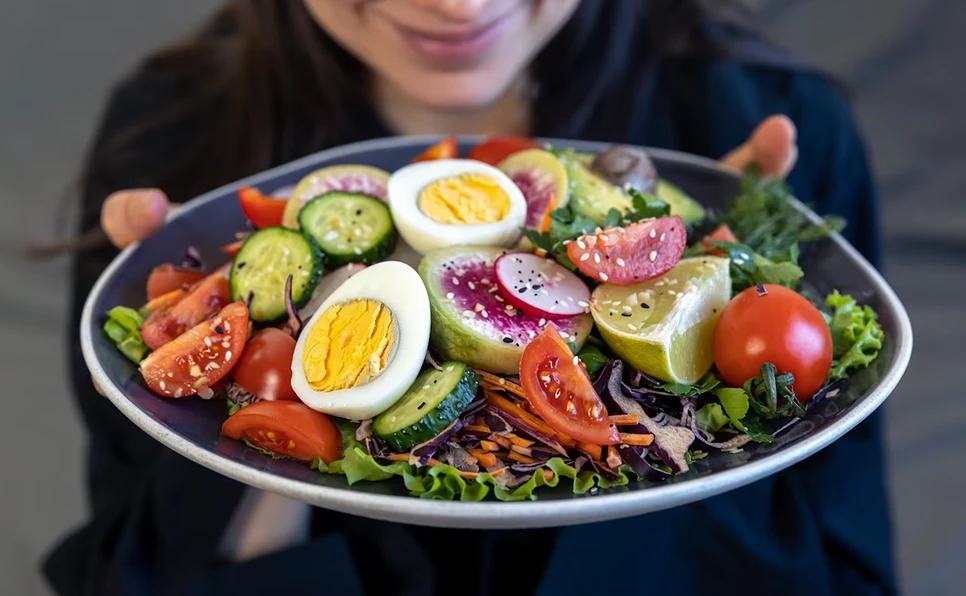How to Choose the Right Probiotic Supplement for Gut Health: A Complete Guide
Gut health is a hot topic in the wellness world, and for good reason. A healthy gut is essential for digestion, immunity, and even mental health. Probiotic supplements have gained popularity as a way to support gut health, but with so many options on the market, how do you choose the right one? In this guide, we’ll break down everything you need to know to select the best probiotic supplement for your needs. Why Gut Health Matters Your gut is home to trillions of bacteria, both good and bad. When the balance of these bacteria is disrupted, it can lead to digestive issues, weakened immunity, and even chronic conditions. Probiotics are live bacteria and yeasts that help restore this balance, promoting a healthy gut microbiome. Key Factors to Consider When Choosing a Probiotic Supplement Strain Diversity Matters Look for a probiotic supplement that contains multiple strains of bacteria. Different strains offer unique benefits, so a diverse blend can address various gut health issues. Common strains include: Lactobacillus: Supports digestion and helps with lactose intolerance. Bifidobacterium: Aids in breaking down fiber and reducing inflammation. Saccharomyces boulardii: A yeast strain that helps combat diarrhea. CFU Count (Colony-Forming Units) CFU refers to the number of live bacteria in each dose. For general gut health, aim for a supplement with 10-50 billion CFUs. Higher CFU counts may be necessary for specific conditions, but more isn’t always better—consult your healthcare provider for personalized advice. Survivability and Delivery Probiotics must survive stomach acid to reach your gut. Look for supplements with: Delayed-release capsules Acid-resistant strains Prebiotics (which feed probiotics and enhance their effectiveness) Quality and Brand Reputation Not all probiotics are created equal. Choose a reputable brand that: Uses third-party testing for quality and potency Provides transparency about strain information and CFU counts Has positive reviews and a strong reputation in the health community Specific Health Goals Different probiotics target different health concerns. Consider your specific needs: Digestive Health: Look for strains like Lactobacillus acidophilus and Bifidobacterium lactis. Immune Support: Opt for blends with Lactobacillus rhamnosus or Bifidobacterium bifidum. Antibiotic Recovery: Choose strains like Saccharomyces boulardii to restore gut balance after antibiotics. Storage Requirements Some probiotics require refrigeration to maintain potency, while others are shelf-stable. Choose one that fits your lifestyle and storage capabilities. Common Mistakes to Avoid Ignoring Expiration Dates: Probiotics lose potency over time. Always check the expiration date. Overlooking Allergens: Some supplements contain dairy, soy, or gluten. Check the label if you have allergies. Choosing Based on Price Alone: Cheap probiotics may lack quality or potency. Invest in a trusted brand. Top Probiotic Supplements in the US Market Here are a few highly-rated probiotic supplements to consider: Garden of Life Dr. Formulated Probiotics: Known for its diverse strains and high CFU count. Culturelle Daily Probiotic: A trusted option for digestive and immune support. Align Probiotic: Specifically designed for gut balance and regularity. Renew Life Ultimate Flora: Offers a range of CFU counts for different needs. When to Consult a Healthcare Provider While probiotics are generally safe, it’s always a good idea to consult your doctor or a registered dietitian before starting a new supplement, especially if you: Have a compromised immune system Are pregnant or breastfeeding Are managing a chronic health condition Final Thoughts Choosing the right probiotic supplement for gut health doesn’t have to be overwhelming. By considering factors like strain diversity, CFU count, and your specific health goals, you can find a high-quality probiotic that supports your gut and overall well-being. Remember, consistency is key—take your probiotic daily for the best results. By following this guide, you’ll be well-equipped to make an informed decision and take the first step toward better gut health. Don’t forget to share this post with friends and family who might benefit from it!
How to Choose the Right Probiotic Supplement for Gut Health: A Complete Guide Read More »










